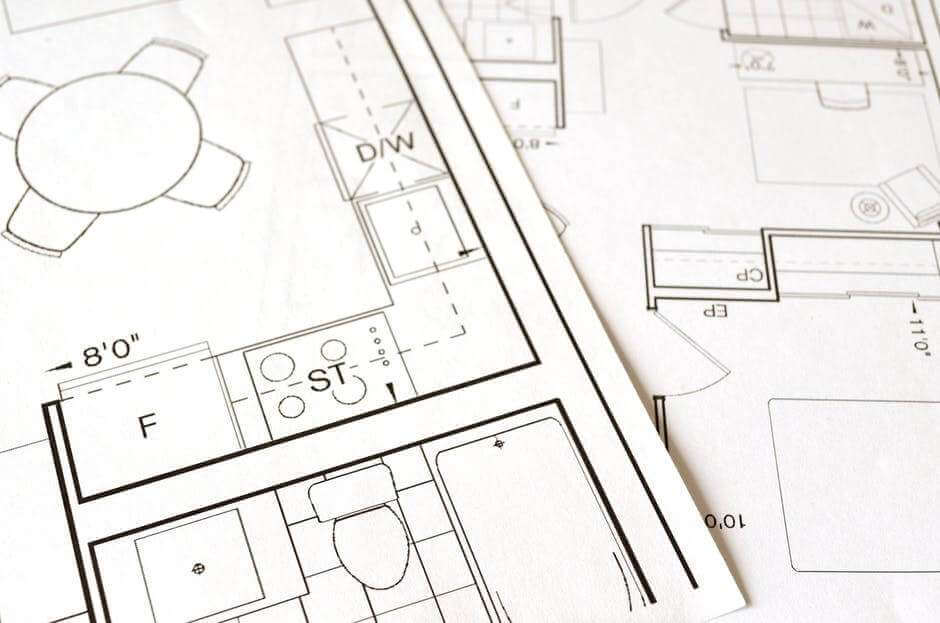A patent is a legal monopoly that is granted by the country to the owner of the invention in turn of the disclosure if the invention. Merely to have a patent, does not give the owner the right to use or exploit the patented invention. That right may still be affected by the other laws indeed. A patent gives the inventors the right for the limited period to stop others from making using or selling the invention without permission of the inventor. That is why a patent is called a negative right. Patents are generally concerned with functional and technical aspect of products and processes and must fulfill and specific condition to be granted. Most patents are incremental improvement in known technology, evolution rather than revolution. The technology does not have to be complex. Patent rights are territorial an Indian patent does not give right outside India. Patent rights lasts up-to 20 years in India and most countries other than India.

A Patent Application can be filed by the inventor. The assignee or legal representative can also file the application. It can be filed individually or jointly. If in case a patent application is filed by the assignee proof of assignments has to be submitted along with the application. The applicant can be national of any country.
Patent Filing
A Patent Filing can be made directly at Indian Patent Office or via National Phase PCT application or in form of conventional application. A patent application can be filed at any of the four office. Every application filed directly at the patent office shall be accompanied by the provisional or complete specification. Provisional application are generally filed at a stage where some experimentation is required to perfect the invention. Further a complete specification has to be filled within 12 months from the date of provisional patent filing.
Patent Specification
A provisional patent application may contain:
- Title
- Description in Detail
- Drawing if necessary
- Sample or Model if required
Whereas a complete specification may contain:
- Title
- Abstract
- Detailed description
- Drawing
- Sample or Model
- Enablement and Best mode
- Claims
- Deposit

- Title: Title is generally a word or phase indicating the content of the invention.
- Abstract: It is written in precise manner in short paragraphs describing the invention.
- Detailed Description: The important part of the specification is the detailed description. Essentially it contains the complete and elaborate description of invention. Written description generally starts with the background of the invention.
- Drawing: The written description requirement might be supplemented with clearly labeled drawing, where and when required.
- Samples and Models: On an initiative of the inventor or when required by patent examiner samples or models might be submitted to the patent office.
- Enablement and Best Mode: The applicant has to enable his invention in order to allow a person with ordinary skill in art to make and work invention.
- Claims: Patent claims defines the metes and bound of invention: They are most important element in specification.
- Deposit: If in case an invention involves microorganism, which cannot be described by writing a sample of the microorganism has to be deposited at an internationally recognized depository.

A Provisional patent application cannot be filed in a foreign country. A complete specification has to be filed within the 12 months of provisional patent application. Each specification should contain only one invention. If there are more than one invention in an specification, separate application a have to be filed for each invention. If an Indian application has more corresponding foreign application, then the applicant has to keep controller informed of the status of foreign application.
Patent Application Forms:
- Form 1: Application for grant of patent
- Form 2: Provisional or Complete Specification
- Form 3: Statement and undertaking by applicants
- Form 5: Declaration of Inventorship
- Form 26: Authorization of patent agent in case filed through patent agent.





